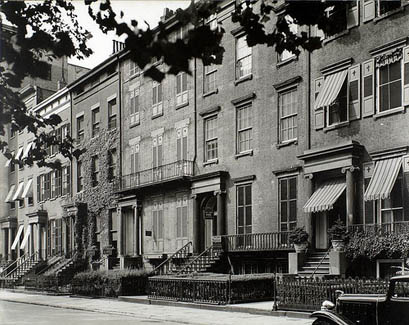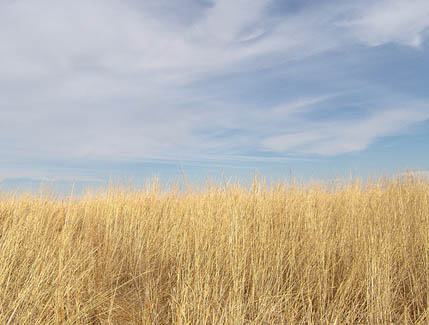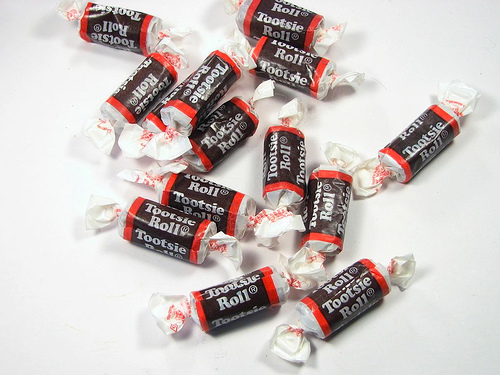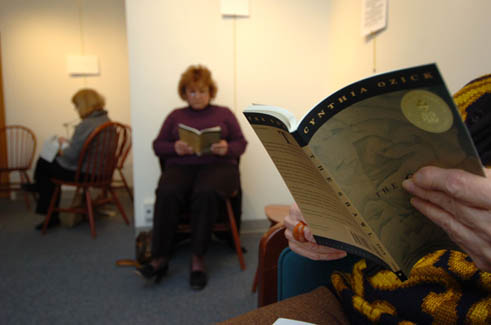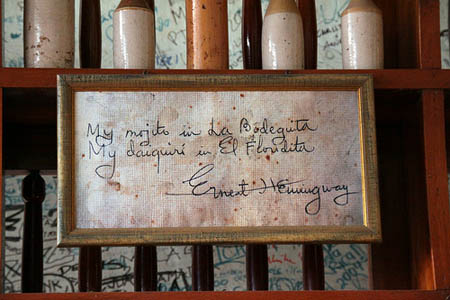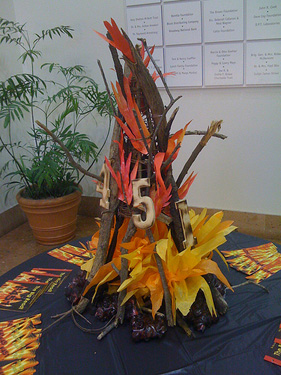August 21, 2009
Washington, DC
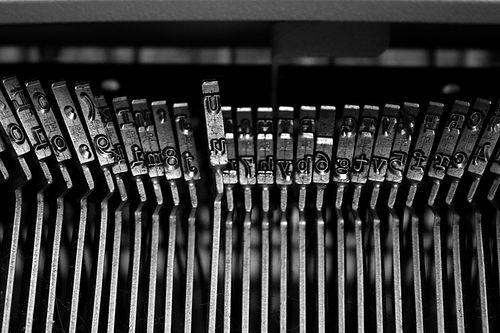
“Typewriter” by aprillynn77 from Flickr
The work of the very best writers is deceptive in that, if the writer does her job well, the reader is aware only of a sense of effortlessness and ease to the text. In truth, every writer struggles with the best way to write, and in most cases revise, the work. Some writers proceed one sentence at a time and can’t go on until the sentence at hand is absolutely buffed and polished. Other writers prefer to pour as much as possible onto the page at one go, and then go back and start paring and cutting away until the story or poem emerges. From an interview with the NEA, here’s Marilynne Robinson on her approach to writing and revising.
I write when I can. I write very much when I have the impulse to write. And so I can write five days a week, you know, continuously. And then, if I come to the end and I have to think about things for a while, I don’t write at all for a while. I’m not at all a work ethic sort of writer. Either I have persuaded myself of the illusion or I’m outside of the illusion, and those are my two states, as far as writing is concerned.
I don’t really revise very much. It seems to me that [if] you have something written the way it ought to be written, then you’ve preserved the integrity of the dream, you know. That if you make a mistake you’re, in a sense, rupturing this dream. And you cannot go on from a mistake very successfully. You really have to try to preserve the integrity of the fiction at every point, and that’s what I try to do.
Check out the Housekeeping Reader’s Guide for more on Marilynne Robinson and her Big Read novel.
